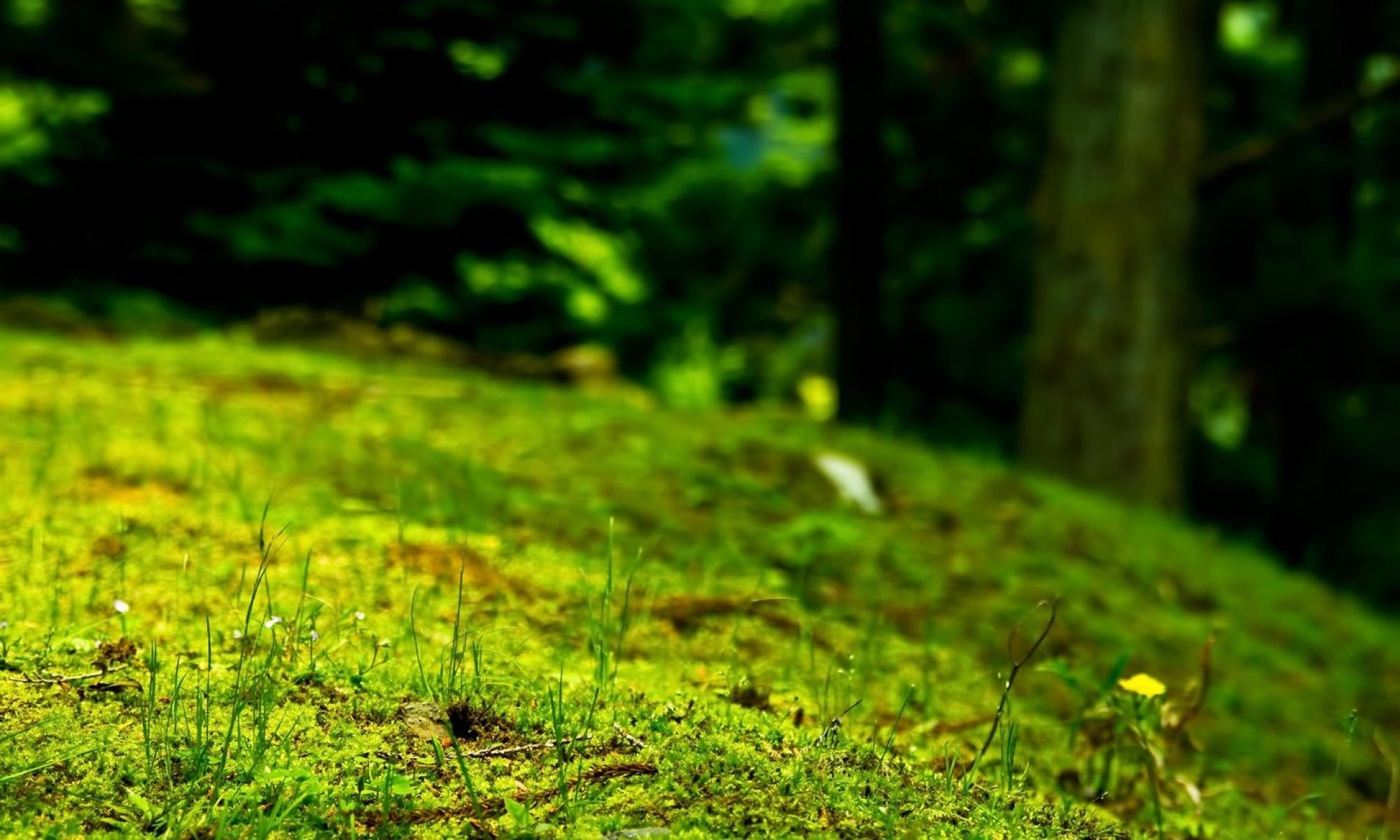My pride as a doctor was born from my experience in Hawaii
Tokyo Women’s Medical University, Department of Nephrology
Yusuke Ushio, MD
In February 2018, I was trained at the Kuakini Medical Center and Queen’s Medical Center (QMC) in the state of Hawaii, U.S., through the ACP Japan International Exchange Program.
The main reason I applied to this program was that I wanted to learn more about medicine overseas and gain an objective view of medical practice in Japan. I had an opportunity to work with a physician who was trained in the U.S. during my residency and many colleagues were hoping to work abroad in the future. As a doctor, I wondered why they wanted to work abroad. At the time, my teacher said to me, “Not everything is always clear, at first,” and I decided to apply.
The first half of the training was held at Kuakini Medical Center. The institution was founded as Japan Charity Hospital for Japanese Immigrants. Following WWII, the name was changed to Kuakini Hospital and then its current name, Kuakini Medical Center.
I was trained in Family Medicine at Kuakini Medical Center. I shadowed the clinical professor of Family Medicine, Dr. Tokeshi, who was a student of the first graduating class of the John A. Burns School of Medicine at the University of Hawaii, established in 1973.
He said, “I like not only physiology but also surgery and all of the others, and I couldn’t decide on a department.”
In recent years, the concept of Family Medicine has been more acknowledged in Japan. The family physician is a doctor who provides wide-ranging, comprehensive medical care for the young and old, regardless of the affected organ. In U.K., there is a phrase “from the cradle to the grave.” The family physician is called a GP (General Practitioner) and provides primary care before patients see an organ specialist. Dr. Tokeshi has been providing this model of care for 40 years.
A wide range of medical students, residents, fellows, and even attending physicians from all over the world come to study under Dr. Tokeshi. The training provided by Dr. Tokeshi is called Tokeshi Dojo, and the doctors who study in Tokeshi Dojo are called Monkasei. A Monkasei’s day begins early in the morning; we attend a morning lecture at 6:30 and start working at 8:30. The most impressive aspect was the fact that Dr. Tokeshi asks us to take the details of patients’ social history. Questions include: “Where were you born? How did you grow up? How have you lived your life?” It is also important to remember his words, “It is not enough to only treat illnesses—doctors must be able to recognize all aspects of patients.” I took a look back on my own medical practice and reflected in my heart. “To always treat patients with respect is the most important thing of all” is a phrase I constantly repeated to myself. I learned from Tokeshi Dojo how to behave and live as a physician.
The second half of the training was held at QMC. At QMC, I shadowed Dr. Nogi, a hospitalist who is responsible for inpatient service at QMC. In recent years, the number of hospitalists has increased in the U.S. because of advantages such as a reduction in days of hospitalization. Because there is no outpatient duty, hospitalists can concentrate on inpatient care throughout the day. A shift system of seven days on duty and seven days off is common. Even in Japan, where voices calling for a revolution of work-life balance have become louder, there is a possibility that the number of hospitalists will increase if there is a major reform in the future and the need for hospitalists increases.
There are several small islands around Oahu Island where QMC is located, such as Hawaii Island and Maui Island. There was a case of consultation from a hospital in a small island via a video phone. Hospitalists at QMC provided appropriate instructions to the doctors at a hospital in Hawaii island, and the patient was taken to QMC by a medical helicopter on the next day. I think that such medical care can be applied to Japan, especially underpopulated areas, as a doctor on an isolated island can consult specialists in an urban area, using a video phone and can provide the best medical care.
I was also impressed by the medical education. I appreciated the idea of actively participating in a lecture rather than just listening to it. In resident conferences held twice a week, there was always an active discussion. In addition, I thought that this was a great opportunity to improve presentation skills. History and physical findings were considered more important to narrow down differential diagnoses than test results. I want to cultivate more this way of thinking.
Finally, since the time I studied in Hawaii until now, I have been reflecting on the days I spent there, wondering, “” When I look objectively at myself now, I think the days I spent were marvelous. I appreciate this wonderful experience and the support from all the committee members in ACP Japan, Dr. Tokeshi, and Dr. Nogi.
Thank you from my heart.
May 2018
Yusuke Ushio, MD


